RUSTY CART NIPPING AT YOUR PROFITS?
You know your store well, after all, you spend a lot of time in it, always trying to expand and improve your business. Every year, you focus on the problems holding you back. From store design and traffic flow to high-quality materials and efficient inventory to great customer service, you’ve done it all. Is it possible you might have overlooked a small detail? When customers pull into the parking lot, are they greeted by a choice of rusted, dirty carts at the entrance?
Industry experts advise again and again to focus on small details, and with a significant percentage of female customers, lawn and garden retailers should take into account the importance of providing nice-looking carts in good condition.
Let’s take a walk in a customer’s shoes and find out just how important cart condition is. Whether an impulse buyer or one that has a purpose, the shoppers are always looking for convenience. She walks into a store and before you even get a chance to greet her, she has acquired a shopping cart. Now, imagine that it has a broken handle and wheels that won’t move, is too heavy to maneuver and is squeaky and rusted. Regardless of the well-displayed, quality product you have to offer, the shopper is too busy struggling with the cart to proceed through the store. She abandons the car in disgust and either purchases only the few items she can carry or leaves with no purchases.
What to Look for
Just as it is important for other parts of your business, first impression is vital to carts as well. If your carts are rusty, dirty or worse, it is very likely your customers have noticed it. According to Ernie Wilson, division manager for fabricated products at Wellmaster, Tillsonburg, ON, Canada, “Customers want something that looks attractive and is easy to move around.” Wilson explained that although retailers mainly want a heavy-duty cart that can carry a lot of product, shoppers don’t necessarily consider the cart’s capacity first. Instead, they prefer a cart that looks more like its regular grocery store cousin because that type of unit is more attractive, and people are used to it. While cart capacity is crucial for your business, it is just as important to keep customer preference in mind.
Wilson explained that because a large number of buyers are female, cart design should make it easy for customers to move around. Often, cart size influences weight. While a retailer might feel they have provided a cart large enough to hold anything a shopper needs, a heavy, hard-to-maneuver cart would be a customer’s last choice.
Child seats are also becoming a necessity. “It is very important to get small children under control so they are not wandering around and possibly getting hurt,” Wilson said. It is necessary for carts’ child seats to be user friendly as well, as not to take away from the useful area of the cart and not to interfere when the cart is stored at the end of the day.
Although many retailers prefer wagons, shoppers often choose carts over wagons, mainly because wagons are lower to the ground, and customers usually have to drag them behind. “We find that nesting shopping carts have more appeal than the well-known red wagons,” Wilson said. In addition, wagons are likely to take up more space and are more difficult to store.
Purchasing Carts
Wilson believes durability is very important. “Carts have got to be made to withstand rain, fertilizer, bumping and scratching so they won’t get rust on customers.” He feels that steel is still the popular material used in carts; however, it has to be properly treated so it will withstand bumping and scraping, which might open up a raw surface that will rust. “Even if the cart is painted, it still has to be pre-treated underneath, otherwise paint will scrape off, and it is going to rust. It is like playground equipment, it has to be pretty, but it has got to be durable,” Wilson explained.
Chris Ham, engineer for Jaderloon, Irmo, S.C., said that well-designed wheels are key for cart maneuverability. In general, narrow wheels don’t work very well on anything other than a smooth surface. A lot of garden centers have either gravel or paving stones, and that could make it difficult for a customer to move around with a wagon or shopping cart. “Rubber or large tires, for example, are preferred by retailers because they make the ride better; these carts can roll over gravel and rough areas even if it is loaded with products,” Ham described.
Whether you are selecting a cart for customer use or display purposes, the quality of the product is very important. Just as everything else in your store, carts should stand out. Wilson said it best: “If you keep the customer satisfied, they are going to buy more. You need to have a cart easy for the customer to use so they have a good shopping experience and feel good about buying your product.”

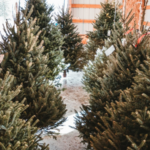
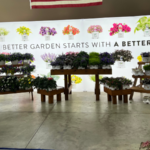




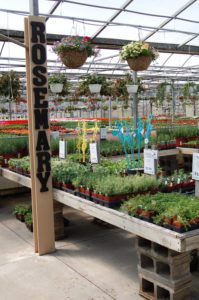
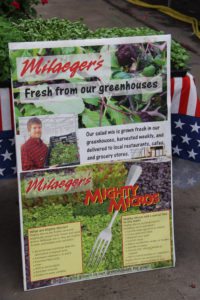


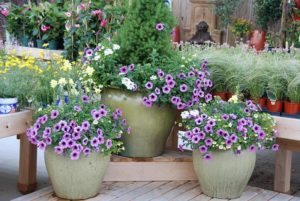
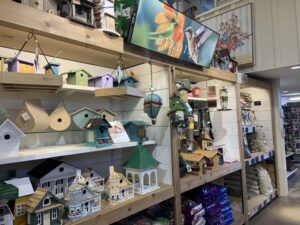
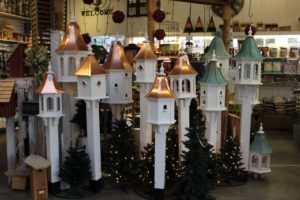

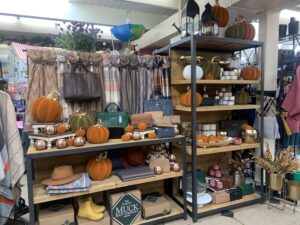

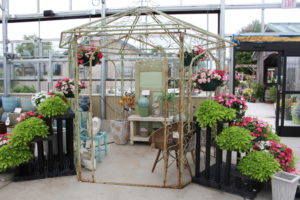
 Videos
Videos





